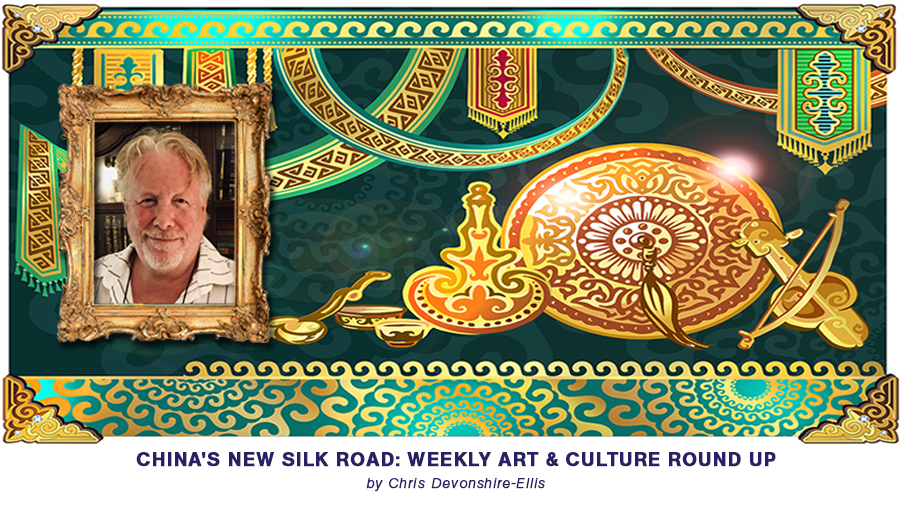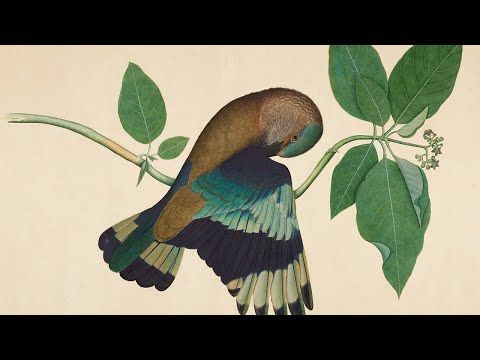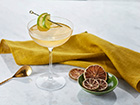China’s New Silk Road: Weekly Arts & Culture Round Up – May 29, 2020

 Genghis Khan & The Making Of The Modern World
Genghis Khan & The Making Of The Modern World
Jack Weatherford is a personal friend of mine, and wrote a New York Times Bestseller – The startling true history of how one extraordinary man from a remote corner of the world created an empire that led the world into the modern age. The Mongol army led by Genghis Khan subjugated more lands and people in twenty-five years than the Romans did in four hundred. In nearly every country the Mongols conquered, they brought an unprecedented rise in cultural communication, expanded trade, and a blossoming of civilization. Vastly more progressive than his European or Asian counterparts, Genghis Khan abolished torture, granted universal religious freedom, and smashed feudal systems of aristocratic privilege.
From the story of his rise through the tribal culture to the explosion of civilization that the Mongol Empire unleashed, this brilliant work of revisionist history is nothing less than the epic story of how the modern world was made.
It’s essential new Silk Road reading and can be found on Amazon here
 How Indigo Became A Color
How Indigo Became A Color
Many commodities were traded along the Silk Road, and we’ll be exploring the stories of some of those. This week we feature the ultimate reference on indigo dyeing techniques across the world, and a compendium of the most beautiful samples of indigo textiles. Gloriously pieced together, much like the fine garments it portrays, this colorful book takes the reader on an international tour of indigo-colored textiles, presenting a huge swathe of remarkable clothing, people, and fabric. Catherine Legrand has spent more than twenty years traveling and researching the subject, and she has a deep knowledge of the ancient techniques, patterns, and clothing traditions that characterize ethnic textile design. The book explores the production of indigo textiles throughout China, India, Africa, Central Asia, Japan, Laos, and Vietnam. It features more than 500 color photographs and is completed by specially commissioned drawings that provide close-ups of patterns and cloths. On Amazon here
 Bab L’Bluz “Il Mata”
Bab L’Bluz “Il Mata”
Bab L’ Bluz are reclaiming the blues for North Africa. Fronted by an African-Moroccan woman in a traditionally male role, the band are devoted to a revolution in attitude which dovetails with Morocco’s ‘nayda’ youth movement – a new wave of artists and musicians taking their cues from local heritage, singing words of freedom in the Moroccan-Arabic dialect of darija. Ancient and current, funky and rhythmic, buoyed by Arabic lyrics, soaring vocals and bass-heavy grooves, their new 2020 album Nayda! seems to pulse from the heart of the Maghreb.
 Forgotten Masters : Indian Paintings For The East India Company
Forgotten Masters : Indian Paintings For The East India Company
The Silk Road encouraged a pot-pourri of artistic styles to meld, creating new styles and techniques as ideas were swapped along the route. William Dalrymple, a contemporary expert on all things Raj, has pieced together an extraordinary book. As the East India Company extended its sway across India in the late eighteenth century, many remarkable artworks were commissioned by Company officials from Indian painters who had previously worked for the Mughals. Published to coincide with the first UK exhibition of these masterworks at The Wallace Collection, this book celebrates the work of a series of extraordinary Indian artists, each with their own style and tastes and agency, all of whom worked for British patrons between the 1770s and the end of the Mughal rule in 1857. It can be found on Amazon here

 Chris’s Colonial Cocktails: The Pegu Club
Chris’s Colonial Cocktails: The Pegu Club
The Pegu Club was an Officers club in Rangoon, Burma during the days of British rule. Long closed, it has however left behind one of the best Gin cocktails ever made, named after the club it was invented in. If cocktails could grow on trees (and oh, what a world that would be!), then the Pegu Club would almost certainly have been harvested in a citrus grove. This classic is a tart, mouth-watering affair that offers a surprising complexity due to the bitters bestowed upon it.
It’s a drink well suited to a fine line in time – the tipping point between day and night, when everything starts to get just a little more uptempo, but not quite rowdy just yet.
How to make a Pegu Club
45ml Gin
15ml lime juice
15ml orange curacao
2 dashes orange bitters
2 dashes Angostura bitters
Add all ingredients to a cocktail shaker with half a cup of ice. Shake until cold, then pour into a chilled Martini glass and garnish with a lime twist. Top tip – If you find the above recipe a little to tart, add a dash of sugar syrup into the mix before shaking. I like to use a big junipery gin like Bombay Sapphire for this.
As with all classic cocktails, the Pegu Club has seen peaks and troughs in its popularity. The current resurgence owes much thanks to Audrey Sauders, who opened up a bar of the same name in Manhattan in 2005. Sauders tweaked the recipe printed by Craddock, adding in a little more lime and a little less Curacao and saw the drink (and her bar) take off.
Salut and Stay Safe!
About Us
Silk Road Briefing is published by Dezan Shira & Associates. Chris Devonshire-Ellis is the practice Chairman. Please contact Chris at silkroad@dezshira.com or through his Linked In account, or visit the firm at www.dezshira.com





